

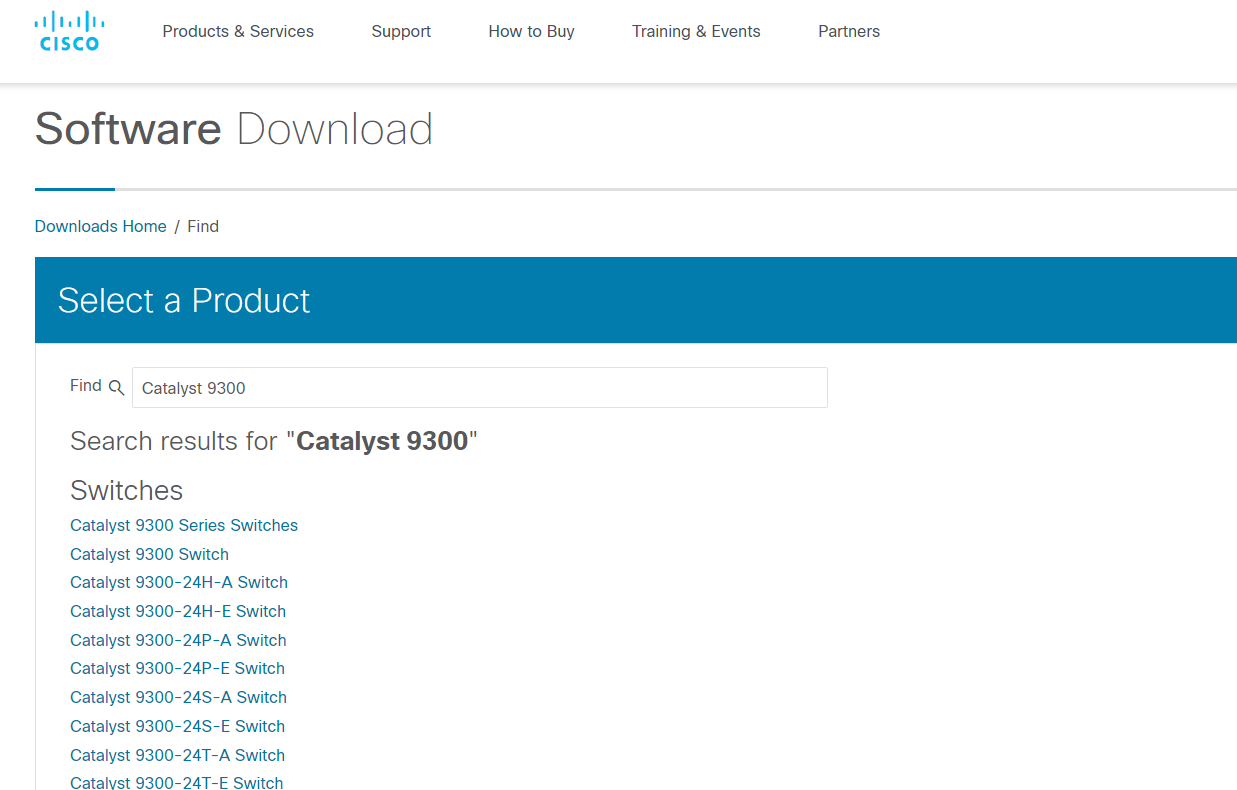
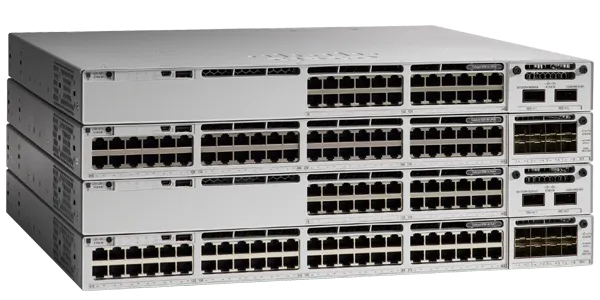
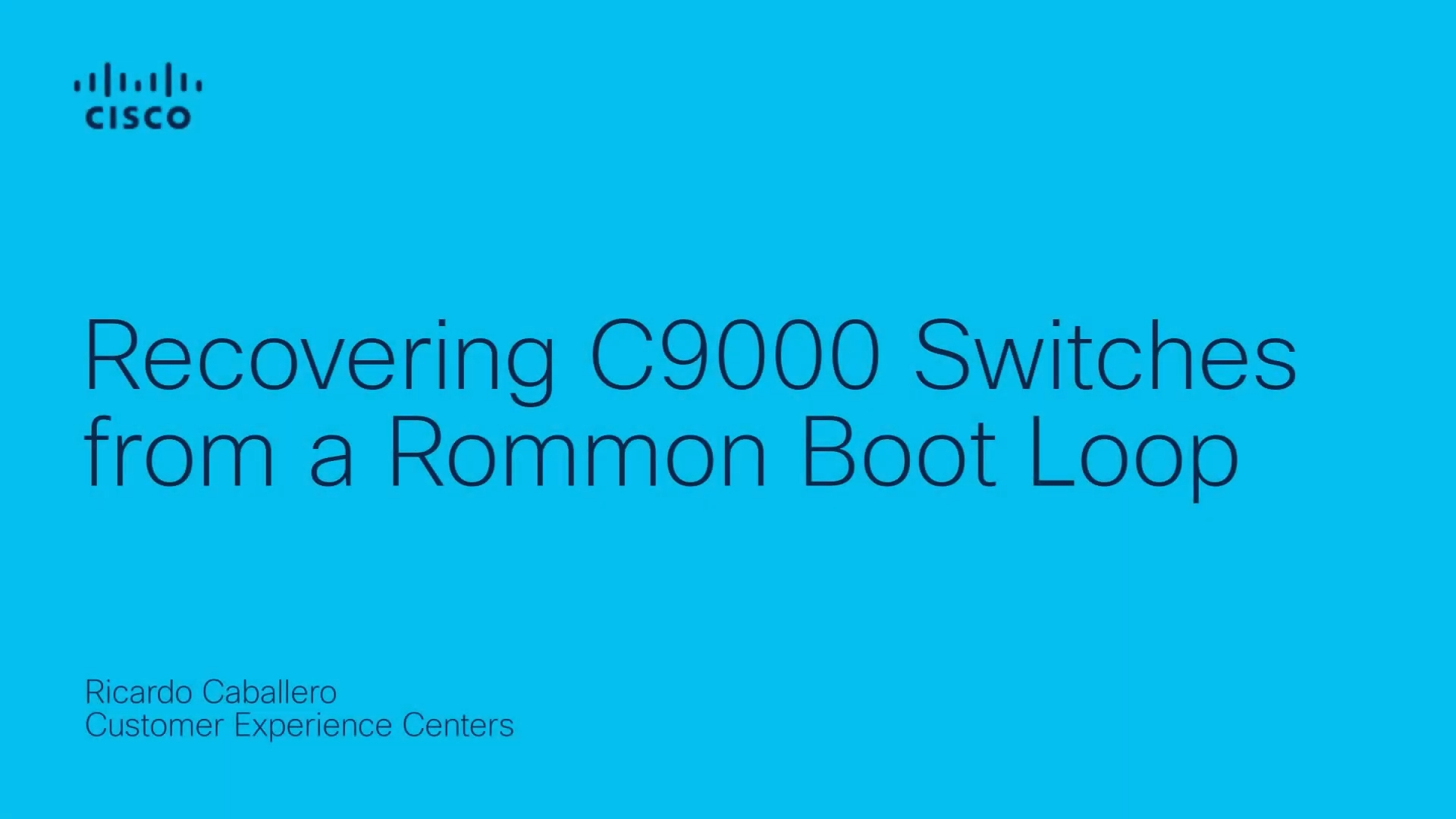

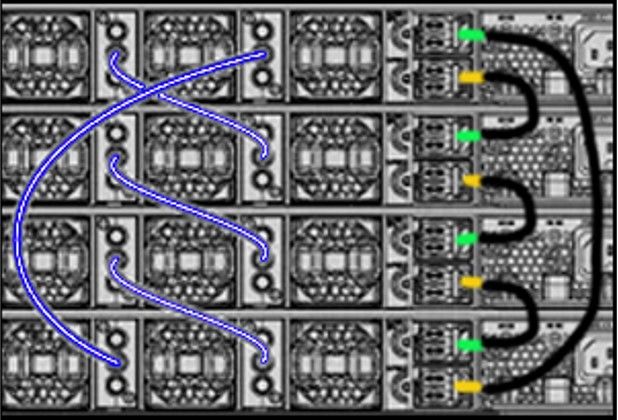

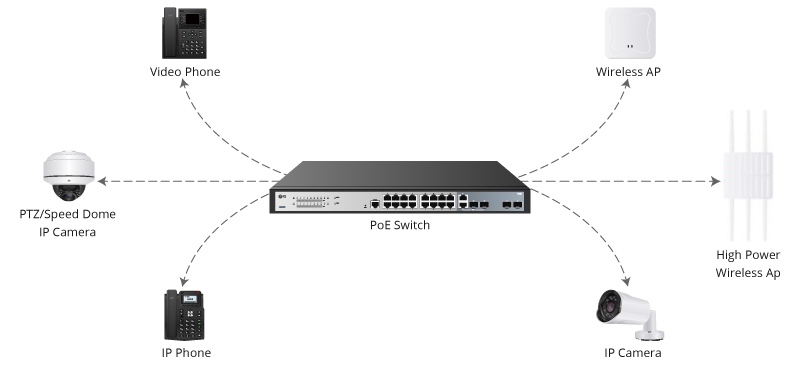

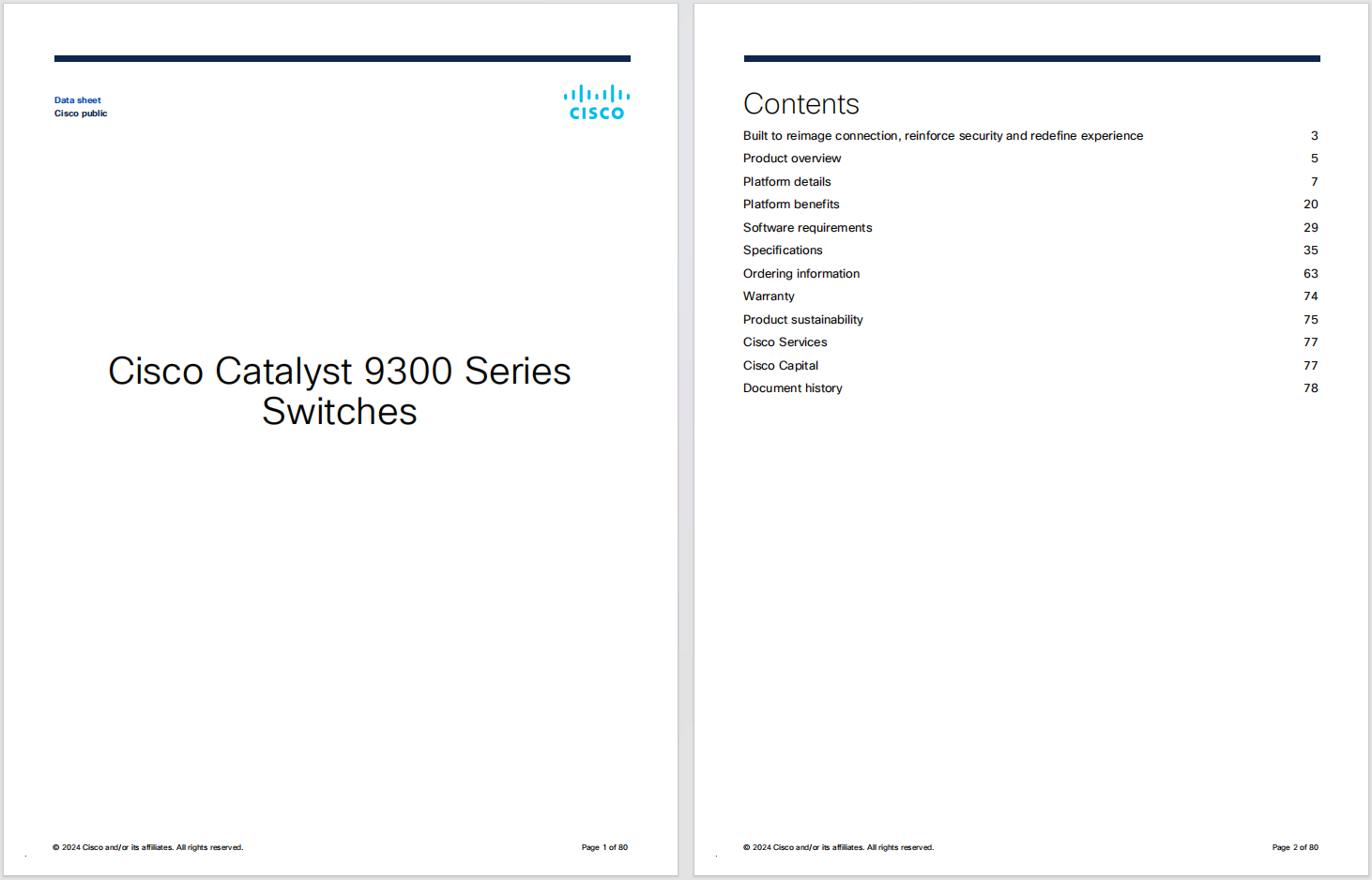



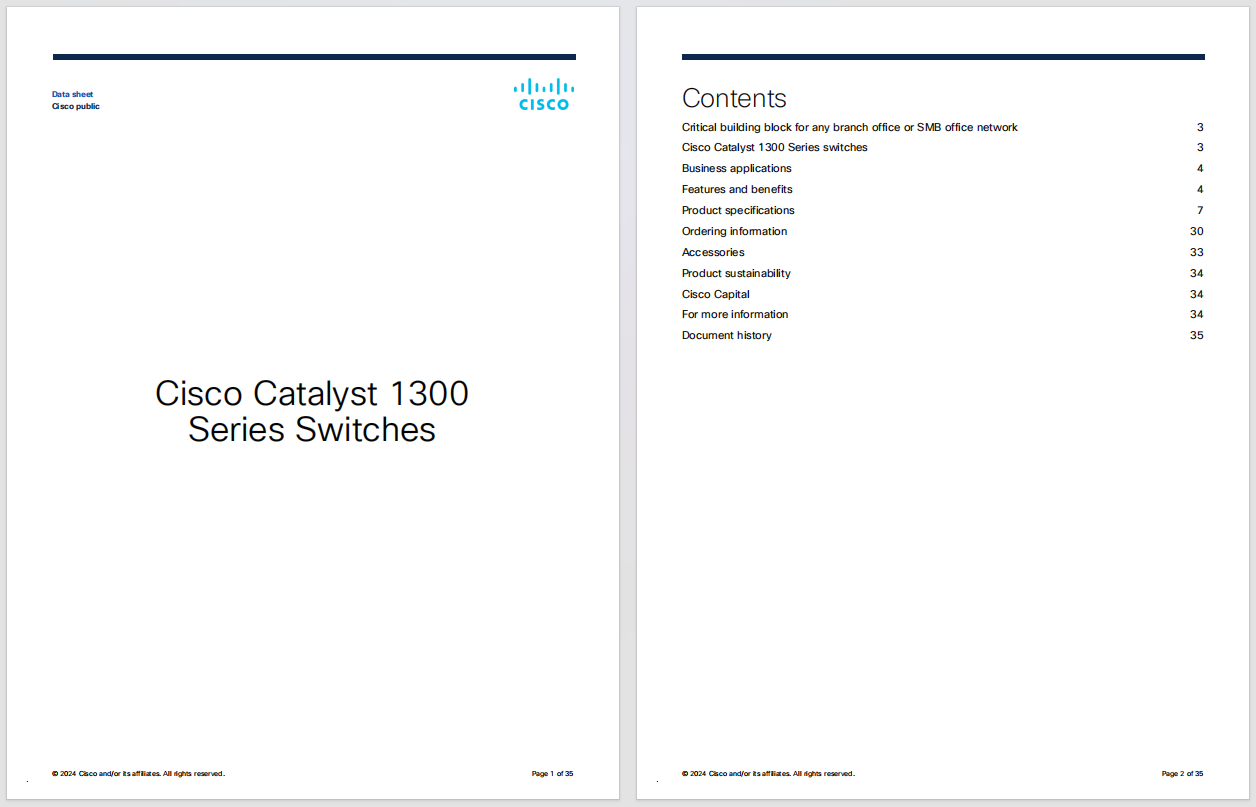
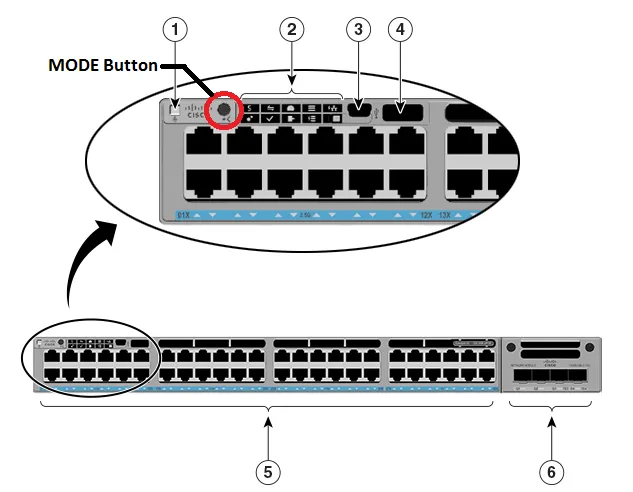
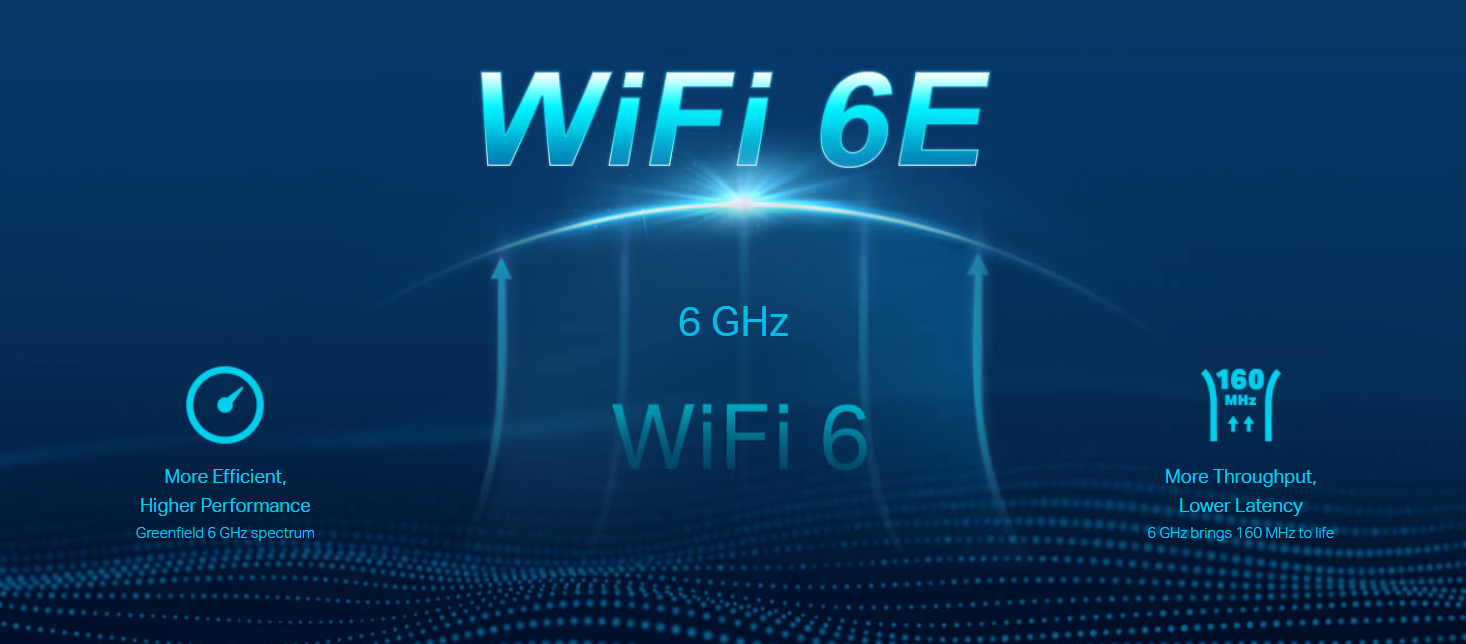



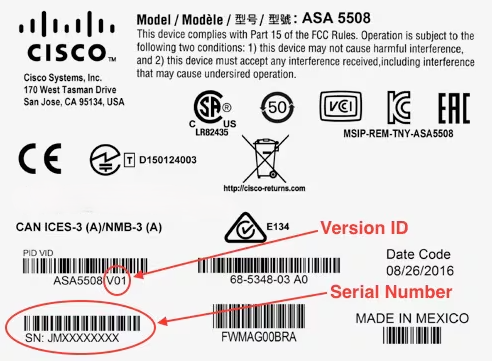
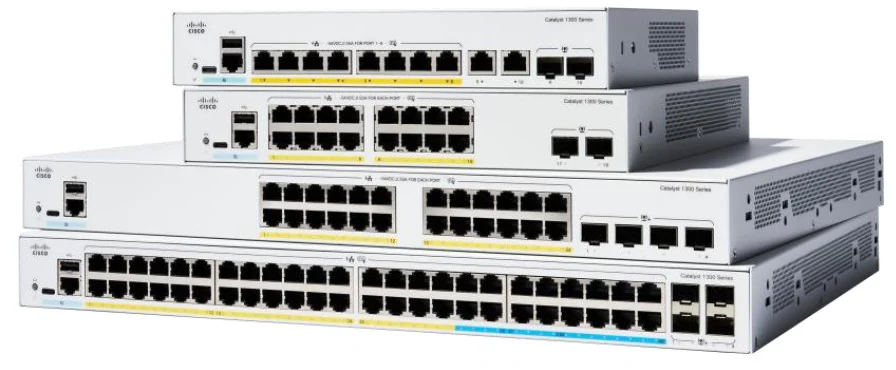



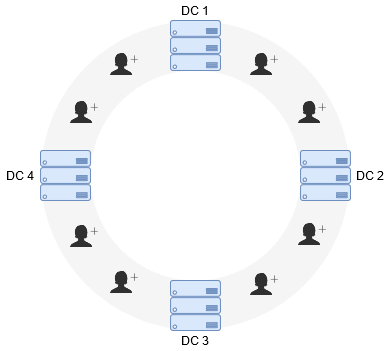
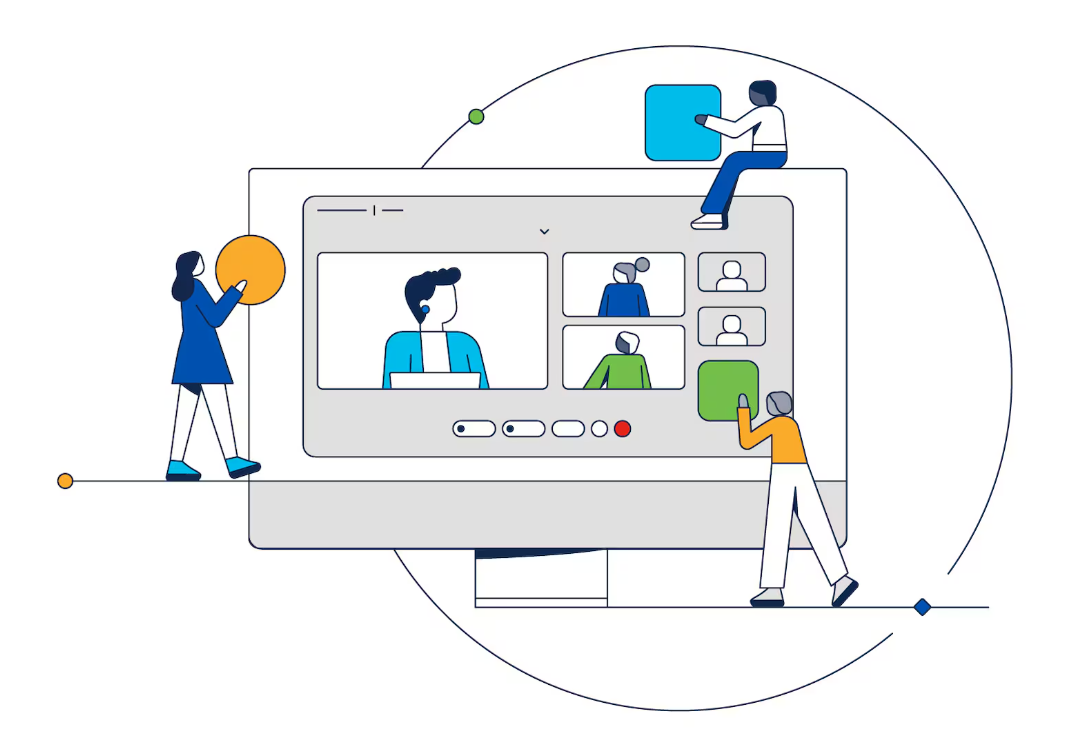
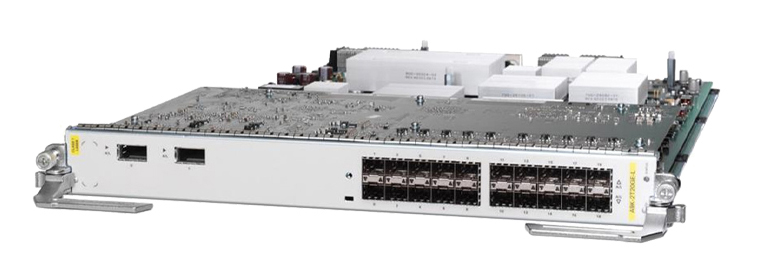


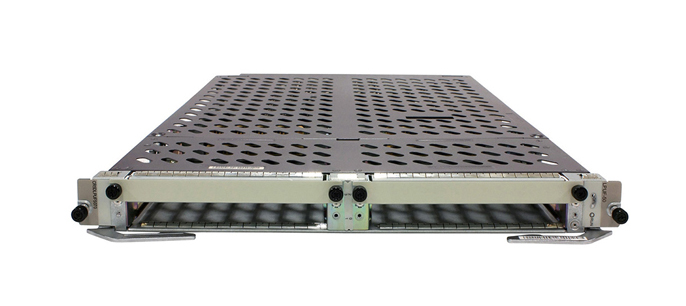
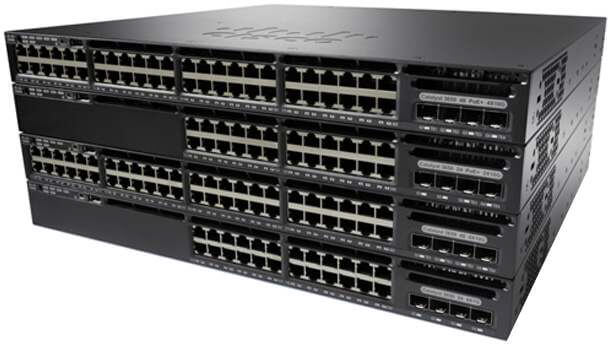
 In May 2019, 10 schools and over 250 students came together in Phoenix, Arizona for the Global Problem Solver Showcase and Competition. The winner? A new type of IoT device that helps to deter drunk driving. The inventors? A team of three middle schoolers.
In May 2019, 10 schools and over 250 students came together in Phoenix, Arizona for the Global Problem Solver Showcase and Competition. The winner? A new type of IoT device that helps to deter drunk driving. The inventors? A team of three middle schoolers.
This is all possible through a partnership between Arizona State University (ASU) and Cisco's Global Problem Solvers: The Series program. The animation-based series aims to instill the tenets of social entrepreneurship and responsible use of technology into middle schools. It follows a team of teenage superheroes who work together to solve social problems around the world.
While teaching entrepreneurship is not a new idea, what is new to many is the introduction of the subject into middle school classrooms; and not to just students, but to teachers as well.
To that end, Cisco and ASU partnered to provide training to 30 Phoenix-area teachers who instructed over 1,500 middle school students in the Global Problem Solvers program over the past two years.
Teachers receive training on all things entrepreneurship, including prototyping, design thinking, pitching, and business modeling tools. And at the end of the school year, school teams come together and pitch their ideas in a final showcase and competition.
The above trailer captures highlights from the May showcase. Watch the full mini-documentary that follows the progress of these students over the course of the year leading up to the competition.
While many of these teacher resources are available on the Global Problem Solvers: The Series website, the program is designed to be flexible based on student levels and needs. Katie Clemens, former Director of Youth Entrepreneurship at ASU, explains:
"I would say that some of the biggest factors for success that we've seen, the first one is probably teacher excitement and engagement...who understand that it's not an 'and,' but it's really part of what they're already teaching, and in that sense they're able to do it fluidly, they enjoy it.....I think some of the benefit for the teachers is that they have the freedom and flexibility to figure out how this program works best. We're not telling them the how, when, and where. They can use their expertise as an educator to do that on their own...it allows them to combine all the different subject areas into one cohesive project and they can do so pretty easily....Teachers can also customize the curriculum to really fit with their particular subject area. So, they could make it align with biology, with algebra, with an art class. Really, there are endless possibilities with it."
Sujatha Sankaramancha, a 7th and 8th grade science teacher at Ed and Verma Pastor Elementary School, agrees:
"In traditional classroom instruction, we are confined to our classrooms; and in GPS I think the teacher is getting a kind of exposure towards learning IOT sensors, business models and all those things. And to think about how to incorporate technology into our projects, and I in turn try to bring that into my classroom, and show them how a real world problem can be solved in a very technical way, through a design approach."
The benefits to students are multifold. From having the opportunity to research a real-world problem, to designing a solution with peers, and to ultimately pitching the idea to judges, students are able to practice lifelong personal and professional skills -at an early age.
Stephanie Acosta, Principal, elaborates on these points:
"So the thing I like the best about bringing these kinds of projects, and this project in particular, is that it really does give our students a unique opportunity that they wouldn't otherwise get. And I think that it provides them with so many different sorts of life skills, content skills, presentation skills I think that they'll need and that will be of great benefit to them in high school, in college, in the workplace. That's exciting."
Silvio Delgado, Assistant Principal at Sunland Elementary School, confirms:
"I don't even have to ask students about what they're getting from the program. Because when I walk into the classroom, I see students' faces light up with this content. And when teachers are asking questions, I see 25 hands go up because students are wanting to interact with their teacher, and interact with their classmates around this content."
In addition to improving the world, some students see it as an opportunity to improve themselves. One 8th grader states:
"I'm more that type of person, like a loner. I like to work by myself. Working with others is really helping me improve my social skills. When the project is over, I hope to learn how to work and cooperate with others even more."
8th grader Victor C. perhaps sums it up best:
"Like, it's all group efforts, not just one person does it. It's all just, we are a team. We have to work together in order to get through this, and share ideas, you know? Yeah."
Visit our website to learn more about Global Problem Solvers: The Series.
 Etiquetas calientes:
Internet of Things (IoT)
Corporate Social Responsibility (CSR)
#educación
#CSR
global problem solvers
entrepreneurship
GPS
social entrepreneurship
Etiquetas calientes:
Internet of Things (IoT)
Corporate Social Responsibility (CSR)
#educación
#CSR
global problem solvers
entrepreneurship
GPS
social entrepreneurship